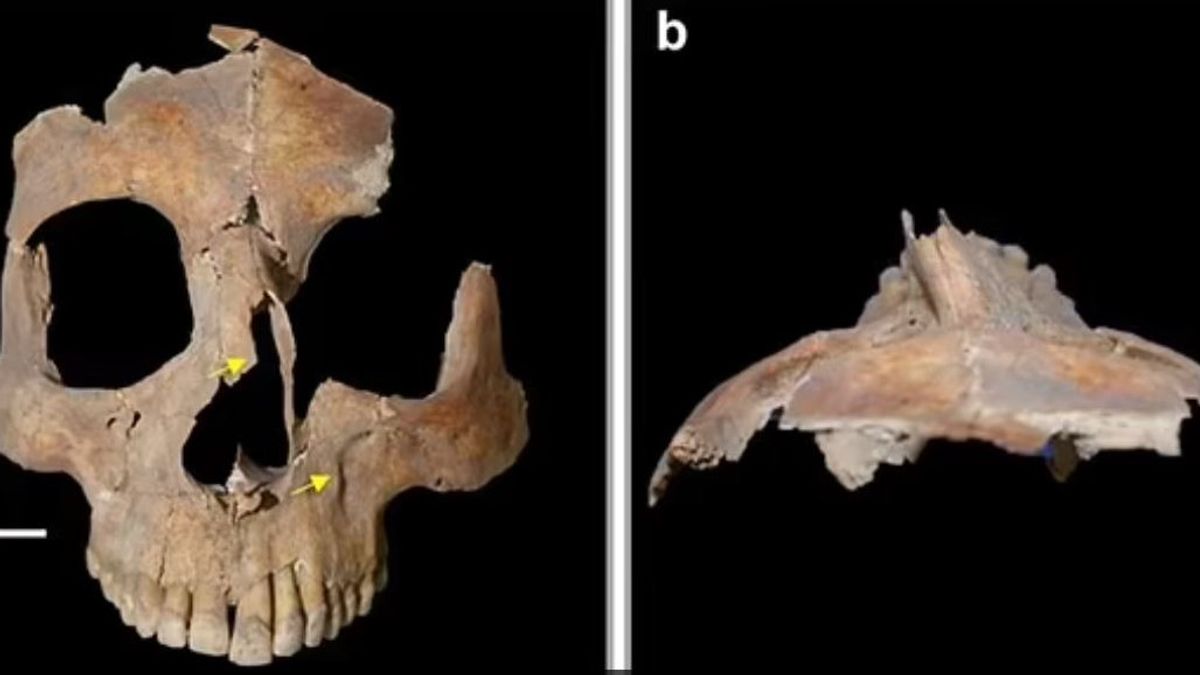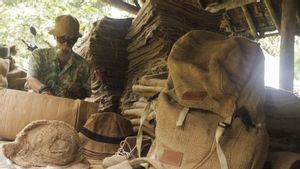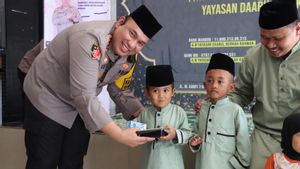JAKARTA - Archaeologists found evidence that brain surgery was carried out in 3,500 years ago in Israel. Scientists uncovered this discovery after digging the tomb of the Bronze Age in Tel Megiddo, Israel, and found the remains of two brothers dating back to around 1500 BC and suffering from severe infectious disease, possibly lepra.
According to a report by the journal PLOS One, one of the two brothers chose to undergo trepansy surgery, which involved a hole in the skull's bones. There is a square hole in the head of Individual A, which is 32 mm x 31 mm at its widest point, and is thought to have formed with a series of scratches cutting each other in each corner using tools with sharp edges.
Although this kind of operation has been successful in the past, operations carried out on Individual A have proven fatal. Researchers say the brother died hours or even minutes after surgery.
However, archaeologists show that this kind of surgical practice was likely only available to elites at that time. Other evidence also suggests that the two brothers are very honorable members of the community or even members of the royal family.
Analysis of the remains of the skeleton was led by Rachel Kalisher of Brown University,wieldow Island and published today in the journal PLOS One. "We have evidence that trepanasy has been a universal type of surgical that has been widespread for thousands of years," said Kalisher, a bioarchaeologist at Brown University, quoted by the Daily Mail.
"But in the Middle East, we don't see it so often - there are only about a dozen instances of trepansy across this region. My hope is that adding more examples to scientific records will deepen our understanding of medical care and cultural dynamics in ancient cities in this area," he said.
The two remains were buried under an elite residence on the archaeological site of Tel Megiddo in Israel. DNA analysis shows that the two individuals buried were siblings. In addition, they were buried with smooth-imaged Cypriot ceramics, "fine merchandise and valuable materials" as well as the remains of sheep and goats, which showed their high social status.
Both are thought to have experienced anemia of iron deficiency that has continued since childhood and hampered growth. They also have extensive lesions on bones, signs of chronic and deadly disease such as tuberculosis or lepra.
Despite such terrible trepansy practices, these discoveries prove that these practices have been carried out for thousands of years as a form of universal and widespread treatment. These discoveries are expected to provide a deeper understanding of medical care and cultural dynamics in ancient cities in the region.
The English, Chinese, Japanese, Arabic, and French versions are automatically generated by the AI. So there may still be inaccuracies in translating, please always see Indonesian as our main language. (system supported by DigitalSiber.id)













